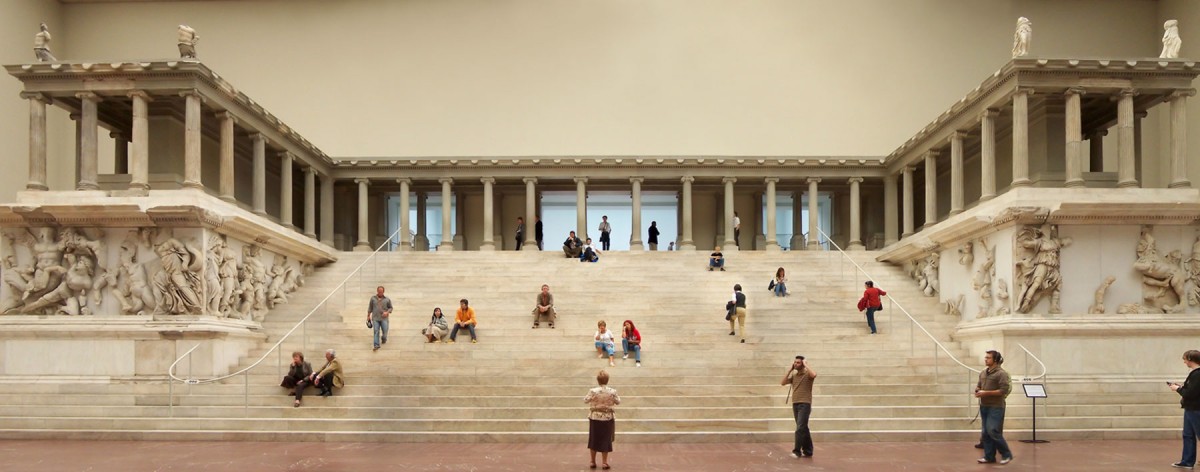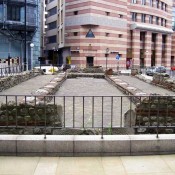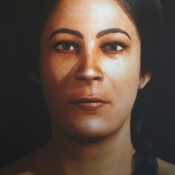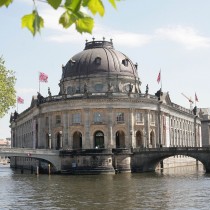Starting from different case studies the volume “Reconstruction in Archaeology” is intended to pursue the question of how reconstructions themselves have played a decisive role in making scientific studies possible and how they have become (and remain) effective as a procedure within archaeology. The contributions should also discuss the extent to which archaeology is rather a discipline that is fundamentally based on reconstructions and whether reconstruction is actually a method in archaeology.
A look into the Pergamonmuseum with its architectural elements reveals the powerful effect of reconstruction in archaeology in an especially tangible and complex way. Reconstructions have often been understood as the partial or complete recreation of a lost original state of ancient artefacts, buildings, interiors, cultural landscapes or excavation sites. The aim of this book is to address the concept of reconstruction in archaeology in a more comprehensive way. The starting-point is provided by the observation that reconstruction is, on the one hand, a strategy for contextualising ancient objects in the museum and at archaeological site-museums and, on the other hand, a method for visualisation in archaeological research in general. Both of these fields, which relate to each other in a reciprocal way, pursue the goal of generating new knowledge about ancient cultures.
When detached from the excavation context, ancient artefacts undergo a process involving various de- and re-contextualisations. It is only through the different reconstruction techniques, as media of transformation, that it becomes possible to generate an ‘authentic’ image of the ancient world in publications, museums or at archaeological sites. The ancient remains would thus often be unthinkable without an ensemble of media composed of drawings, photographs, plans, models and casts as part of their recontextualisation; yet this is often what first leads to a gain in scientific knowledge of the artefacts. Central to the volume is the question of which specific forms of reconstruction and visualisation strategies produce this process of transformation which turns an ancient find into a piece of historical evidence.
The publication is intended to address the following points, but is not restricted to them:
-To what extent does the supposed proximity of reconstructions to an original state, as opposed to the fragment, make it possible to experience archaeology and its research questions directly?
-How does the museum space become a laboratory for building techniques and in what way do visualisations play a significant part in the production of knowledge carried out there?
-Which media help make it possible to reconstruct buildings and ancient sites?
-How do certain media processes and their mode of operation determine the production of knowledge?
-What are the constitutive properties of reconstruction in archaeology and what different types and functions of reconstruction exist?
-How widely distributed are the different forms of reconstruction and which of them are reserved for the museum?
Please email an abstract of max. 300 words for papers (7000 characters) to the editors by December 10, 2015. The deadline for final papers will be spring 2016.
Editors:
Elisabeth Hoffmann ([email protected])
Stefanie Klamm ([email protected]),
Christian C. Schnell (christian.cornelius.schnell@
The Project
The Project “Klassifikation und Pluralisierung: Antike(n) im Museum” (Classification and Pluralisation: Antiquity in the Museum), SFB 644 “Transformationen der Antike” (Transformations of Antiquity), is a collaborative research project of the Humboldt-Universität zu Berlin and the Antikensammlung, Staatliche Museen zu Berlin – Preußischer Kulturbesitz
Location:
Antikensammlung, Staatliche Museen zu Berlin – Preußischer Kulturbesitz
Geschwister-Scholl-Straße 6
Berlin 10117
Germany
Website: http://www.sfb-antike.de/index.php?id=549





